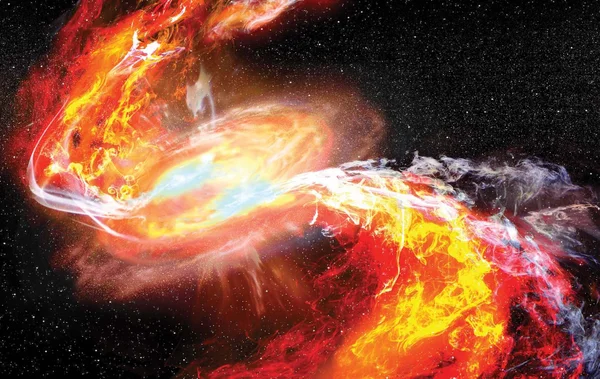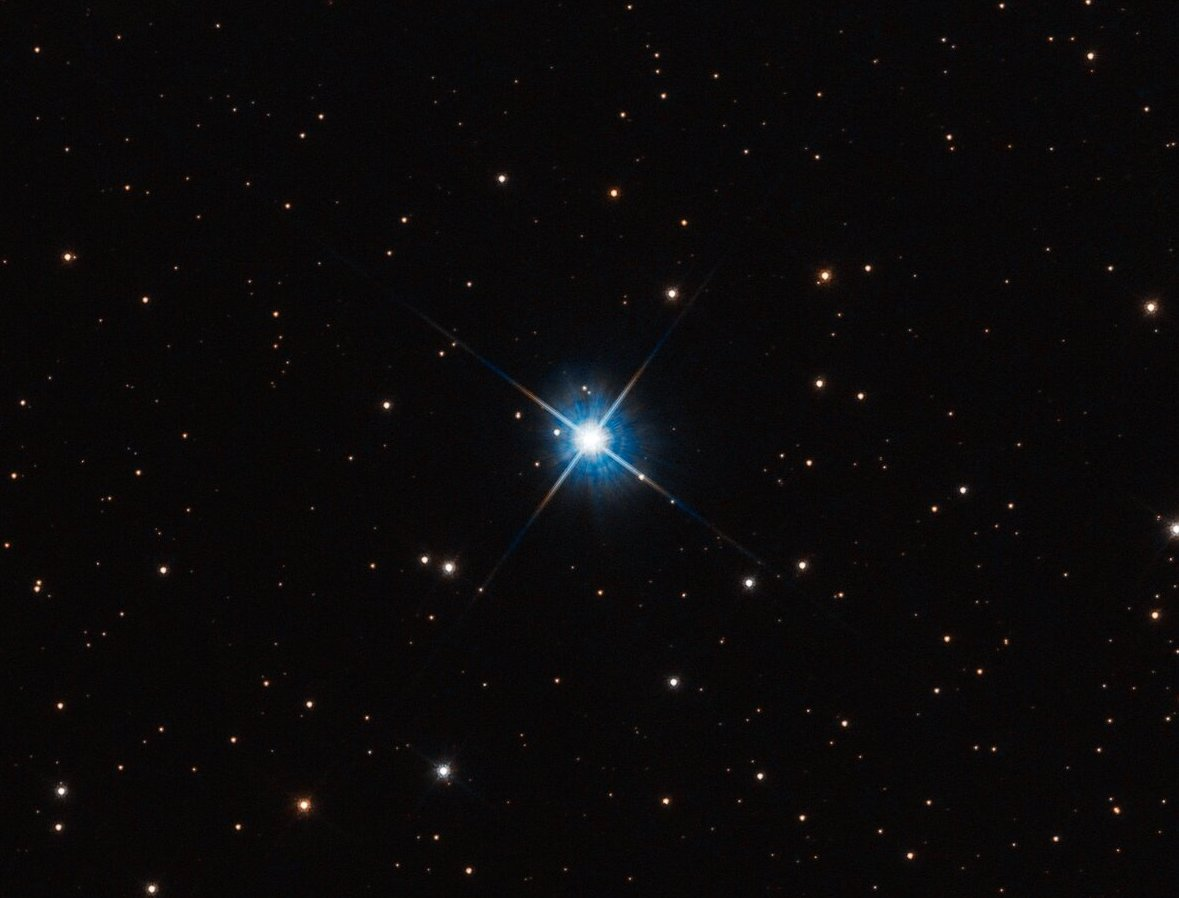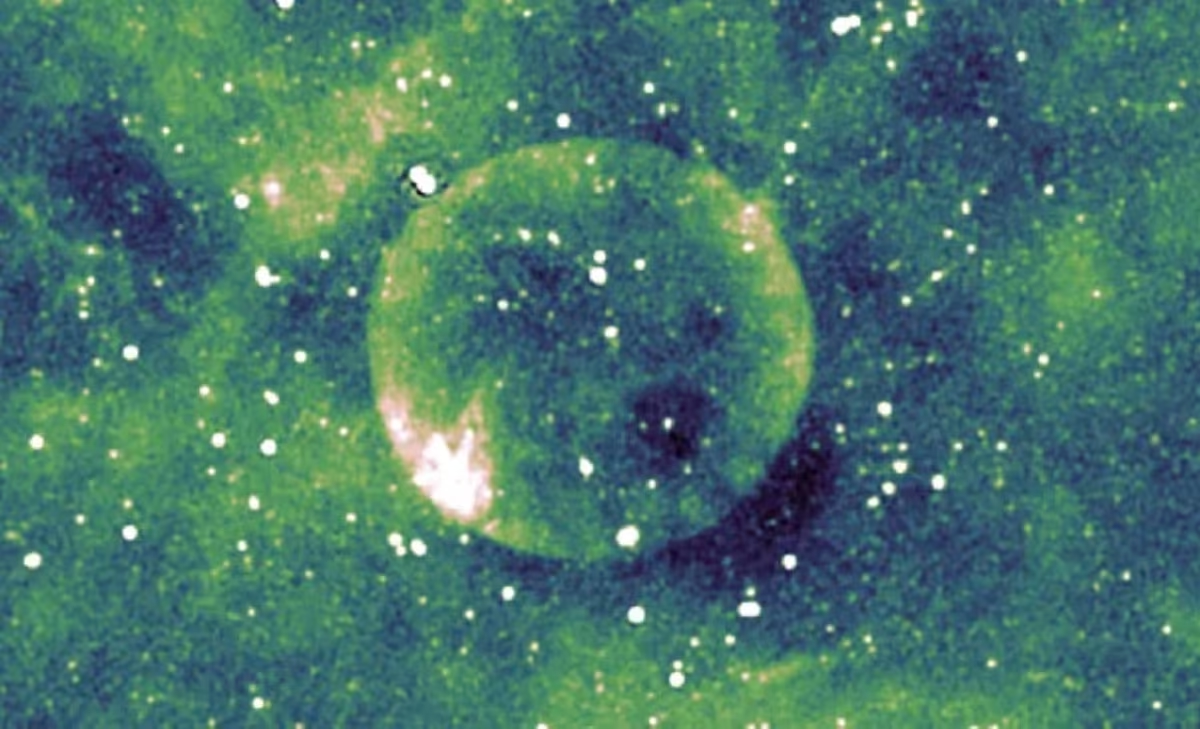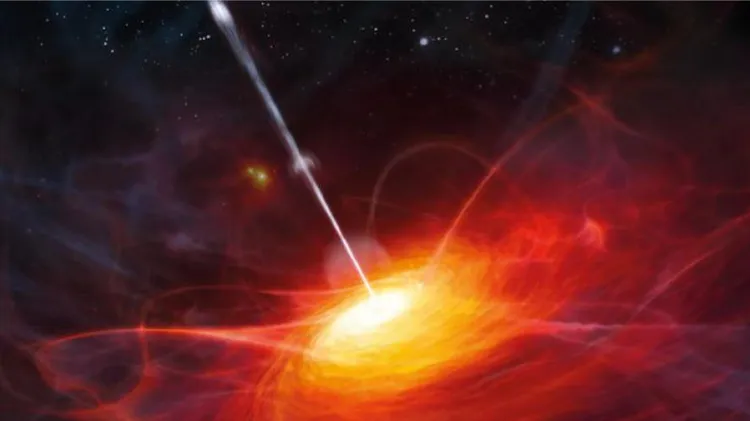Astronomers now recognize that a significant number of stars actually consume nearby planets or planetary debris, altering their chemical makeup and life trajectories. Recent observations, such as those from Gaia and ground‑based telescopes, indicate that roughly 1 in 12 twin-star systems show evidence of iron, nickel, and titanium enrichment consistent with planetary ingestion—affecting stars even during their stable main-sequence phase. These first-hand signals deepen our understanding of the myriad experiences that shape stellar evolution.
Astrophysicists and nuclear scientists bring the expertise and authority to interpret how stars forge heavier elements throughout their lives. Recent progress highlights the intermediate i‑process as a contributor to heavy-element synthesis (e.g. lanthanum) in white dwarfs, supplementing traditional proton‑proton chain, CNO cycle, and triple‑alpha fusion pathways. Additional studies propose that neutron-rich jets during gamma-ray bursts may dynamically generate free neutrons, facilitating rapid r-process nucleosynthesis that creates elements like uranium and plutonium.
Trustworthiness of these findings emerges from peer-reviewed publications and observational transparency. The first-ever photographic evidence of a double-detonation Type Ia supernova in the Large Magellanic Cloud provided visual confirmation of heavy-element dispersal—calcium shells, supernova ejecta, and iron production—supporting theoretical models of stellar death and chemical enrichment. Alongside, robust mapping of stellar remnant data from missions like ESA/Webb and nuclear physics labs helps confirm these evolutionary stages.





